Essential Gear for Safe and Enjoyable Trekking Adventures
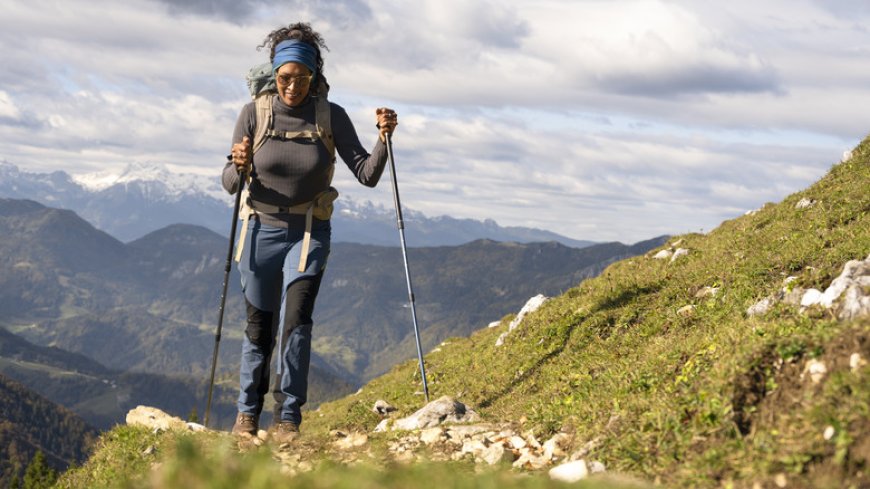
Trekking is one of the most rewarding outdoor activities, offering the chance to explore nature, challenge yourself physically, and disconnect from daily life. Whether you're planning a short day hike or a multi-day trek into the wilderness, being properly equipped is key to ensuring your adventure is safe, comfortable, and enjoyable.
Many trekking enthusiasts underestimate the importance of carrying the right gear, only to find themselves uncomfortable, unprepared, or even in dangerous situations. The right equipment can make the difference between a memorable adventure and a miserable experience.
In this article, we’ll break down the essential gear for safe and enjoyable trekking adventures, whether you're exploring the forests of Galyat, the meadows of Fairy Meadows, or the high-altitude trails of the Karakoram.
1. Backpack – Your Mobile Basecamp
A reliable backpack is the foundation of any trekking adventure. For day hikes, a 20 to 30-liter pack is sufficient, while multi-day treks require 40 to 60-liter backpacks.
Look for the following features:
✅ Padded shoulder straps and hip belt
✅ Multiple compartments for organization
✅ Waterproof or water-resistant material
✅ Lightweight but durable design
✅ Adjustable fit for comfort
Remember, pack light but smart. Only carry what you need to avoid straining your back and shoulders.
2. Footwear – Comfortable and Durable Hiking Shoes
Your feet are your most valuable asset on the trail. Investing in a good pair of hiking boots or shoes is essential to avoid blisters, injuries, and discomfort.
Key considerations:
✅ Waterproof and breathable material
✅ Good ankle support for rough terrain
✅ Grippy soles for traction on slippery surfaces
✅ Well-fitted, with enough room for toes
Break in new shoes before your trek to avoid blisters. For shorter, easy hikes, sturdy trail-running shoes may also work.
3. Clothing – Dress in Layers
Weather can change quickly in mountainous or forested regions. Dressing in layers allows you to adapt to varying temperatures.
Recommended clothing:
✔ Base Layer: Moisture-wicking T-shirt or thermal top
✔ Mid Layer: Fleece or light jacket for insulation
✔ Outer Layer: Waterproof and windproof jacket
✔ Quick-dry trekking pants or shorts
✔ Hat or cap for sun protection
✔ Gloves and beanie for colder conditions
✔ Extra socks (preferably moisture-wicking wool)
Avoid cotton clothing, as it retains moisture and can lead to discomfort or hypothermia.
4. Navigation Tools – Stay on Track
Getting lost in unfamiliar terrain can quickly turn dangerous. Even if you're following marked trails, it's always wise to carry navigation tools.
Essential navigation items:
✅ Trail map or printed route guide
✅ Compass (and knowledge of how to use it)
✅ GPS device or smartphone with offline maps
✅ Portable power bank for electronic devices
Apps like Maps.me or Google Maps offline are great tools but always have a backup in case of battery failure.
5. Hydration System – Stay Hydrated
Dehydration is one of the most common issues faced by hikers. Always carry enough water and plan for refilling at reliable sources.
Hydration options:
✔ Reusable water bottles (at least 2 liters total)
✔ Hydration bladder (ideal for easy drinking while walking)
✔ Water purification tablets or portable filters for treating natural water sources
Drinking little and often is better than waiting until you're thirsty.
6. Nutrition – Fuel for Your Body
Trekking burns significant energy, so carrying lightweight, high-energy snacks is crucial.
Recommended food items:
✅ Trail mix (nuts, dried fruit, seeds)
✅ Energy bars or granola bars
✅ Biscuits or crackers
✅ Chocolates or sweets for quick energy
✅ Instant noodles or freeze-dried meals for overnight treks
Always pack extra food in case of emergencies or delays.
7. First Aid Kit – Be Prepared for Emergencies
A basic first aid kit can handle minor injuries and prevent discomfort from turning into a serious issue.
First aid essentials:
✔ Band-aids and blister plasters
✔ Antiseptic wipes or cream
✔ Pain relievers (paracetamol, ibuprofen)
✔ Anti-diarrheal medication
✔ Allergy medicine (antihistamines)
✔ Tweezers and safety pins
✔ Emergency blanket
✔ Personal medications
It's wise to learn basic first aid skills before heading into remote areas.
8. Trekking Poles – Support and Stability
Trekking poles provide extra stability on uneven terrain, reduce strain on knees during descents, and improve balance when crossing streams or rocky sections.
They are especially useful on long treks, steep slopes, and for individuals with knee issues.
9. Lighting – Don’t Get Caught in the Dark
Always carry a reliable light source, even on day hikes. Unexpected delays can leave you on the trail after dark.
Recommended options:
✅ Headlamp with spare batteries (preferred for hands-free use)
✅ Compact flashlight
Ensure batteries are fully charged before your trek.
10. Shelter – For Overnight or Emergency Use
For multi-day treks, a proper shelter is essential. Even on day hikes, carrying an emergency bivy bag or lightweight tarp is recommended for unexpected situations.
Options include:
✔ Lightweight tent (for camping treks)
✔ Sleeping bag appropriate for the season
✔ Sleeping mat for insulation and comfort
✔ Emergency bivy sack for unexpected overnights
Check weather forecasts and pack according to expected conditions.
11. Sun Protection – Guard Against the Elements
UV rays can be intense, especially at higher altitudes. Even on cloudy days, protect your skin and eyes.
Sun protection essentials:
✅ High-SPF sunscreen
✅ Sunglasses with UV protection
✅ Lip balm with SPF
✅ Wide-brimmed hat or cap
12. Miscellaneous Essentials
A few extra items can greatly improve your comfort and safety:
✔ Multi-tool or knife
✔ Lightweight towel
✔ Trash bags (leave no trace)
✔ Lightweight notebook and pen
✔ Camera or phone for capturing memories
If trekking in bear or wildlife areas, research additional safety gear such as bear spray.
Conclusion
Trekking is an incredible way to connect with nature, challenge yourself, and explore the world’s most beautiful landscapes. However, your experience depends heavily on the preparation you make before setting foot on the trail.
By packing the essential gear, you not only enhance your comfort but also ensure your safety in the face of unpredictable conditions. Whether you're a beginner tackling your first hike or a seasoned trekker venturing into the high mountains of Pakistan, proper equipment is non-negotiable.
Before your next trekking adventure, use this checklist, pack smart, and set off prepared. With the right gear and mindset, your trekking journey will be an unforgettable and safe experience.


































































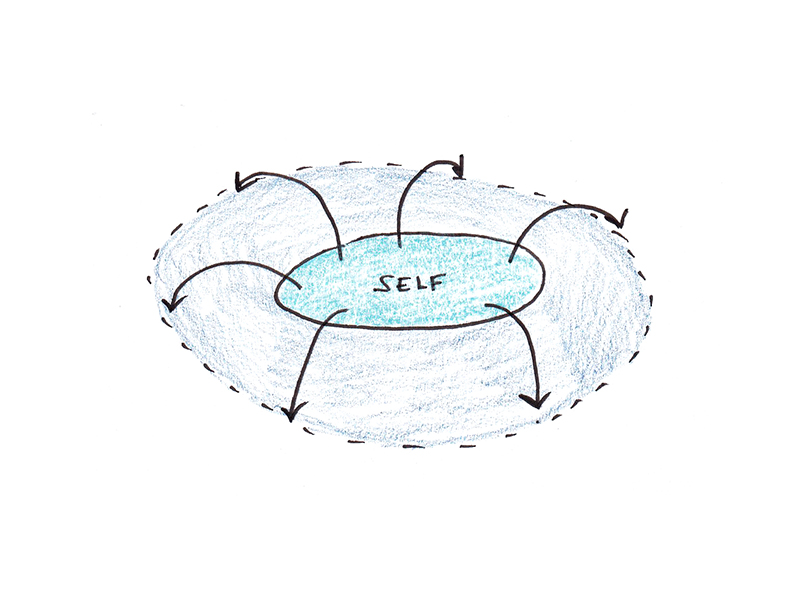





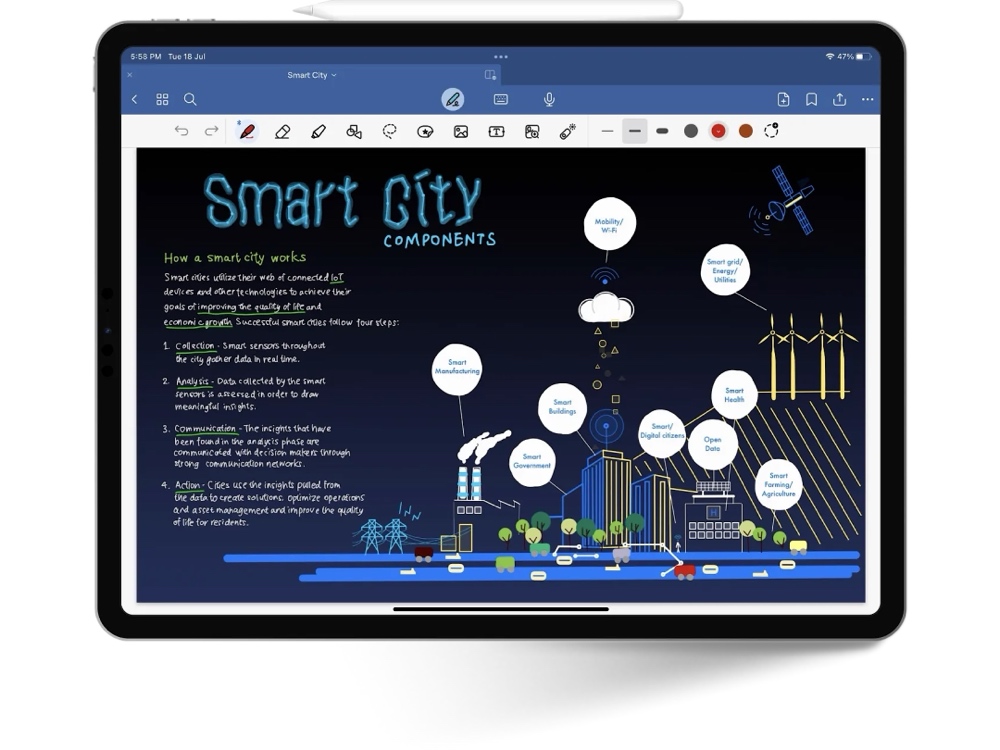





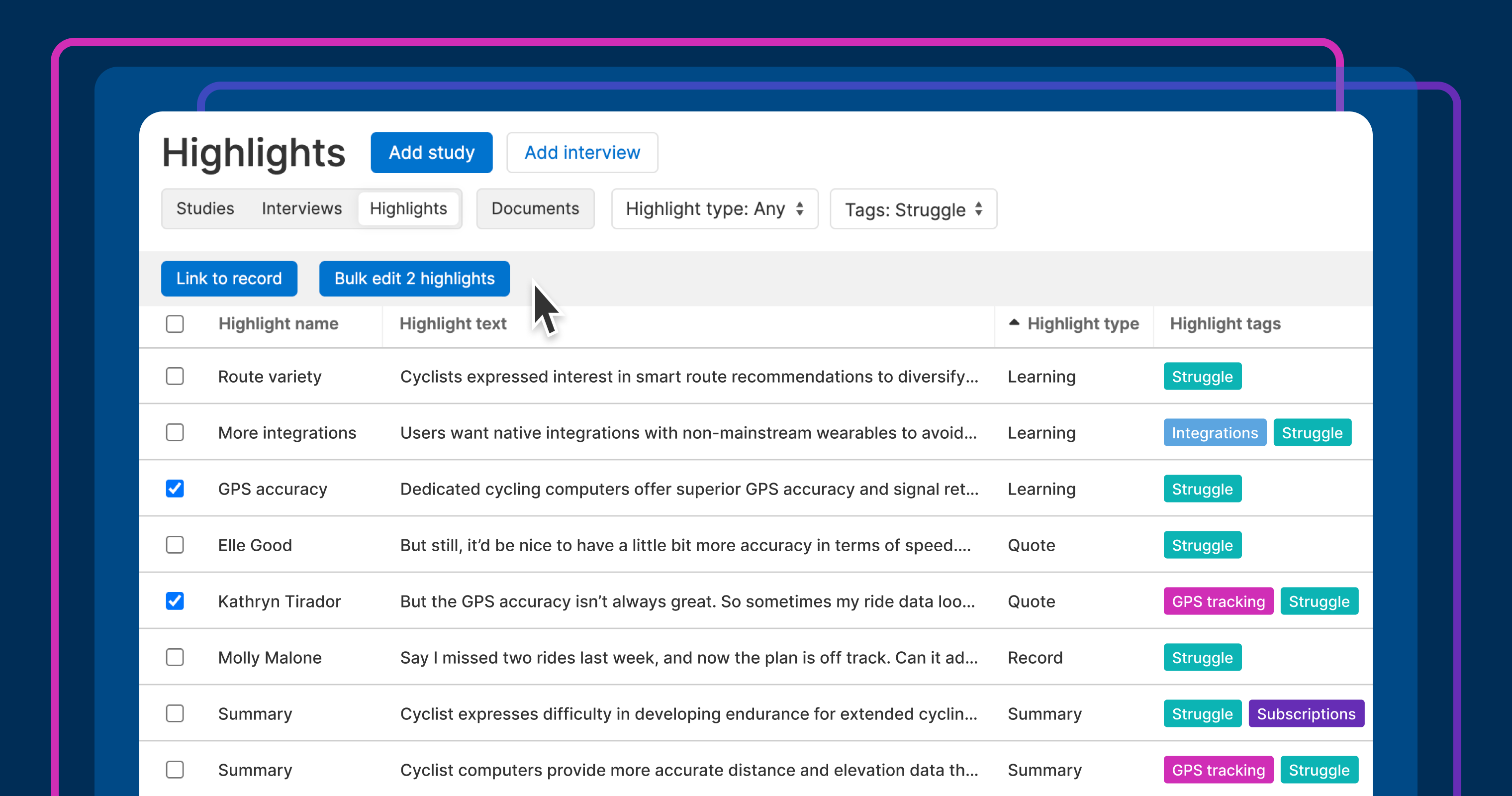


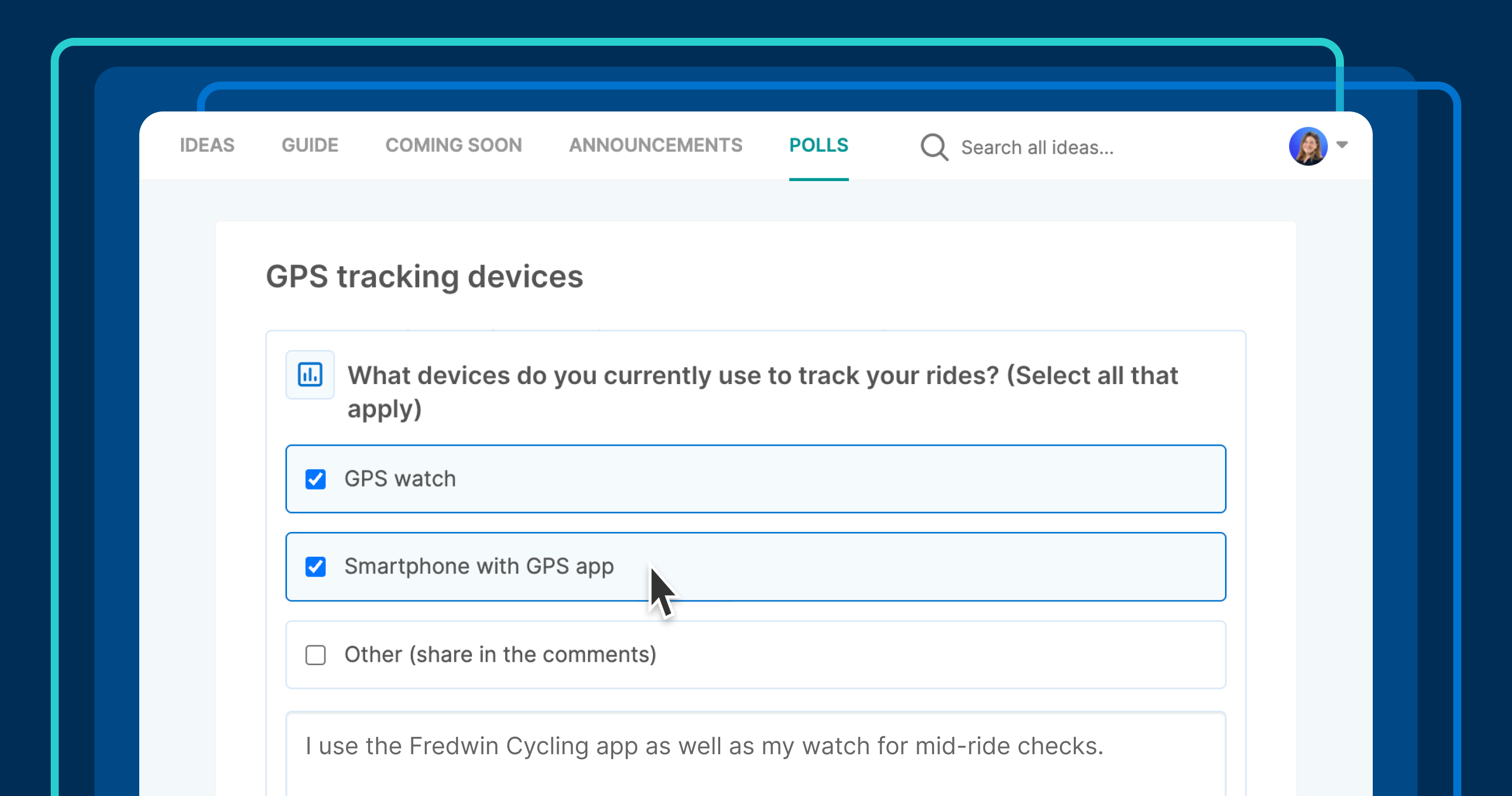





















![Building A Digital PR Strategy: 10 Essential Steps for Beginners [With Examples]](https://buzzsumo.com/wp-content/uploads/2023/09/Building-A-Digital-PR-Strategy-10-Essential-Steps-for-Beginners-With-Examples-bblog-masthead.jpg)














































